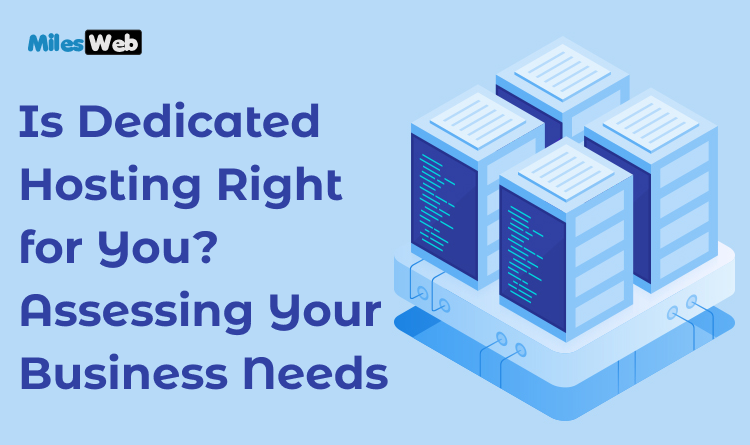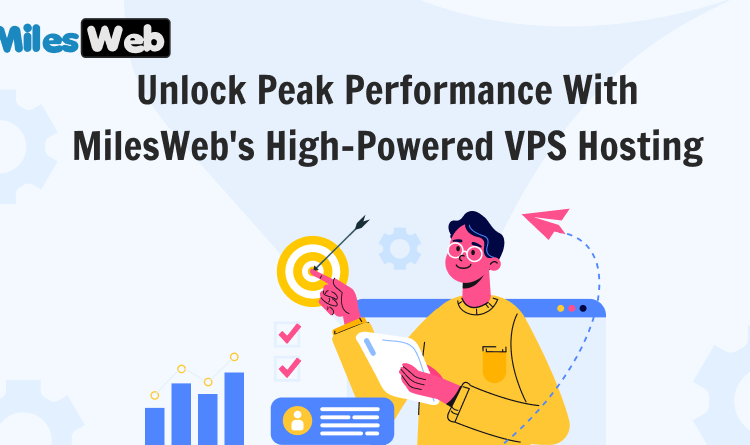
Cloud data migration has become increasingly popular in recent years. This is because organizations are looking to take advantage of cloud computing. By moving data to the cloud, organizations can enjoy increased scalability. They will also have flexibility and cost savings.
But, the process of cloud data migration can be complex and challenging. It requires careful planning and execution. This ensures that data is migrated accurately and securely.
Many organizations focus on the technical aspects of cloud data migration. But, it’s important not to overlook data governance’s role in its success.
What is the Meaning of Data Governance?

You might be wondering, what is data governance? Data governance is the process of managing the availability of an organization’s data. This also includes usability, integrity, and security.
Organizations can ensure that their data is accurate, complete, and secure. This is by establishing policies and procedures for data management. It is for both during the migration process and after it’s in the cloud.
In this article, we’ll explore cloud data migration. We’ll also discuss how organizations can use cloud data migration and its best practices.
14 Best Practices for Cloud Data Migration

-
1. Plan the Migration Carefully
One of the most important best practices for cloud data migration is carefully planning the migration.
This practice involves assessing the data that needs to be migrated. It also includes understanding the dependencies between different data sets. It also includes determining the best migration strategy.
A well-planned migration will be able to reduce the risk of data loss. It will also cut downtime and ensure a smooth transition.
-
2. Choose the Right Migration Strategy
Organizations use several migration strategies, such as lift-and-shift and re-platforming. They also use a strategy called re-architecting too. The choice of the migration strategy would depend on some factors.
Some of these factors include the complexity of the existing system. It also includes the desired level of optimization and the viable resources.
For example, the lift-and-shift migration strategy is a quick and easy way to migrate data. But, It may not be the best option for optimizing performance and cost.
-
3. Optimize Data for the Cloud
Cloud-based systems are different compared to on-premises systems. It is because the data needs to be optimized for the cloud. This involves analyzing the data and identifying opportunities to improve performance and reduce cost.
An example is that organizations can use data compression. They can also use deduplication and tiering. These are used to optimize data storage and reduce costs.
-
4. Ensure Data Security
Data security needs a critical consideration when migrating data into the cloud. Organizations should protect their data during transit and while at rest. This would involve implementing effective data governance.
Organizations must also ensure that their cloud provider follows industry standards and regulations.
-
5. Test the Migration
Testing the migration is an important practice for cloud data migration. This practice involves simulating the migration in the test environment. This is done to identify and address any potential issues before the migration.
Testing the migration can also help organizations to optimize their migration strategy. This will reduce the risk of data loss or downtime.
-
6. Monitor and Optimize the Migration
Organizations still need to monitor and optimize the cloud-based system continually. This should be done when the migration is complete.
This would involve analyzing performance metrics and identifying opportunities. It is done to improve performance and reduce costs, and adjust the system accordingly.
-
7. Use a Phased Approach
Migrating all the organization’s data simultaneously can be risky and overwhelming. Because of this, it is highly recommended to use a phased approach. This is where data is migrated in smaller chunks at a time.
This approach can help minimize the risk of downtime and data loss. This will also make the migration more manageable. The phased approach will allow organizations to test and optimize each phase before moving to the next one.
-
8. Select the Right Cloud Provider
Choosing the right cloud provider will also be important to the success of cloud data migration. Organizations should consider factors like the provider’s performance when choosing the right provider. They should also consider scalability, security, compliance, and pricing.
The organization should also check the providers’ reputation and customer reviews. This will ensure that it meets the organization’s requirements.
-
9. Have a Backup Plan
Data loss and/or downtime are always risks during the migration process. This can happen despite careful planning and execution. Because of this, organizations should always have a backup plan in place. This is to cut the impact of such scenarios.
An organization’s backup plan should include having copies of data and a disaster recovery plan. It should also include a plan for rolling back the migration if necessary.
-
10. Manage the Change
Cloud data migration can be a big change for organizations. This is why it is important to manage the change effectively. It would include communicating with stakeholders and managing expectations. Addressing any concerns or resistance to change should also be managed.
Being able to manage the changes effectively will help ensure the success of the migration. This will result in minimal impact on the organization.
-
11. Monitor and Enforce Compliance
Cloud data migration requires compliance with various laws and regulations. Thus, organizations would need to monitor and enforce compliance with those regulations. It should be done to avoid penalties and other legal issues.
These laws include ensuring that data is stored and processed in compliance with the regulations. Organizations should also ensure that cloud providers have appropriate certifications and controls in place.
-
12. Optimize Network Connectivity
Cloud data migration requires transferring large amounts of data. This transfer is between the organization’s on-premises and cloud provider infrastructure.
Because of this, organizations must optimize their network connectivity. This is done to ensure that the migration process is efficient and fast.
Optimization would include upgrading their network bandwidth and reducing latency. Organizations should also use secure and reliable network connections.
-
13. Continuously Optimize and Monitor
Cloud data migration is not a one-time thing but a continuous process. This is why organizations must continuously optimize and monitor their cloud-based system. This ensures that it meets their requirements and delivers the expected benefits.
This practice includes monitoring performance, security, compliance, and cost. It would also include making the necessary adjustments to optimize an organization’s system.
-
14. Train Employees
Organizations should also train their employees about the new cloud-based system. This should include training on how to access and use the system. It should also include training on data governance that include data security and compliance.
A well-trained employee can help an organization maximize the benefits of cloud data migration. A well-trained employee will also reduce the risk of data loss or security breaches.
Conclusion
Cloud data migration is a complex process that requires careful planning and execution. To ensure its success, organizations should implement these best practices with proper data governance.
These practices include careful planning and choosing the right migration focusing on data security. It also includes strategy and optimizing data for the cloud. Organizations should also test and monitor the migration and use a phased approach. They should also select the right cloud provider, have a backup plan, manage the change, and monitor and enforce compliance.
By following these practices, organizations can cut downtime and reduce the risk of data loss. They would also achieve a smooth transition to the cloud.
Cloud data migration can provide organizations with increased scalability. It also provides flexibility and cost savings. This makes it an attractive option for many businesses.





